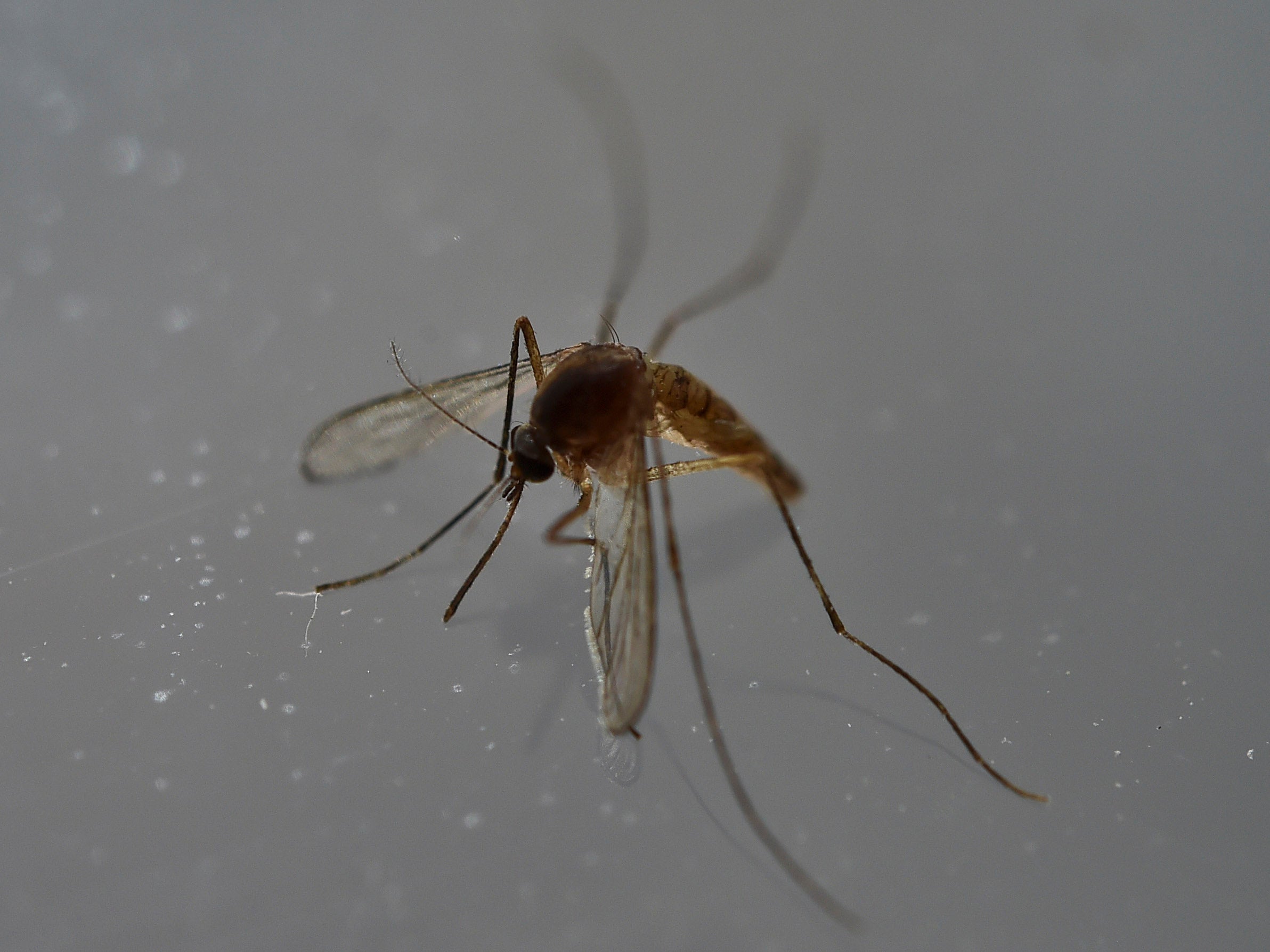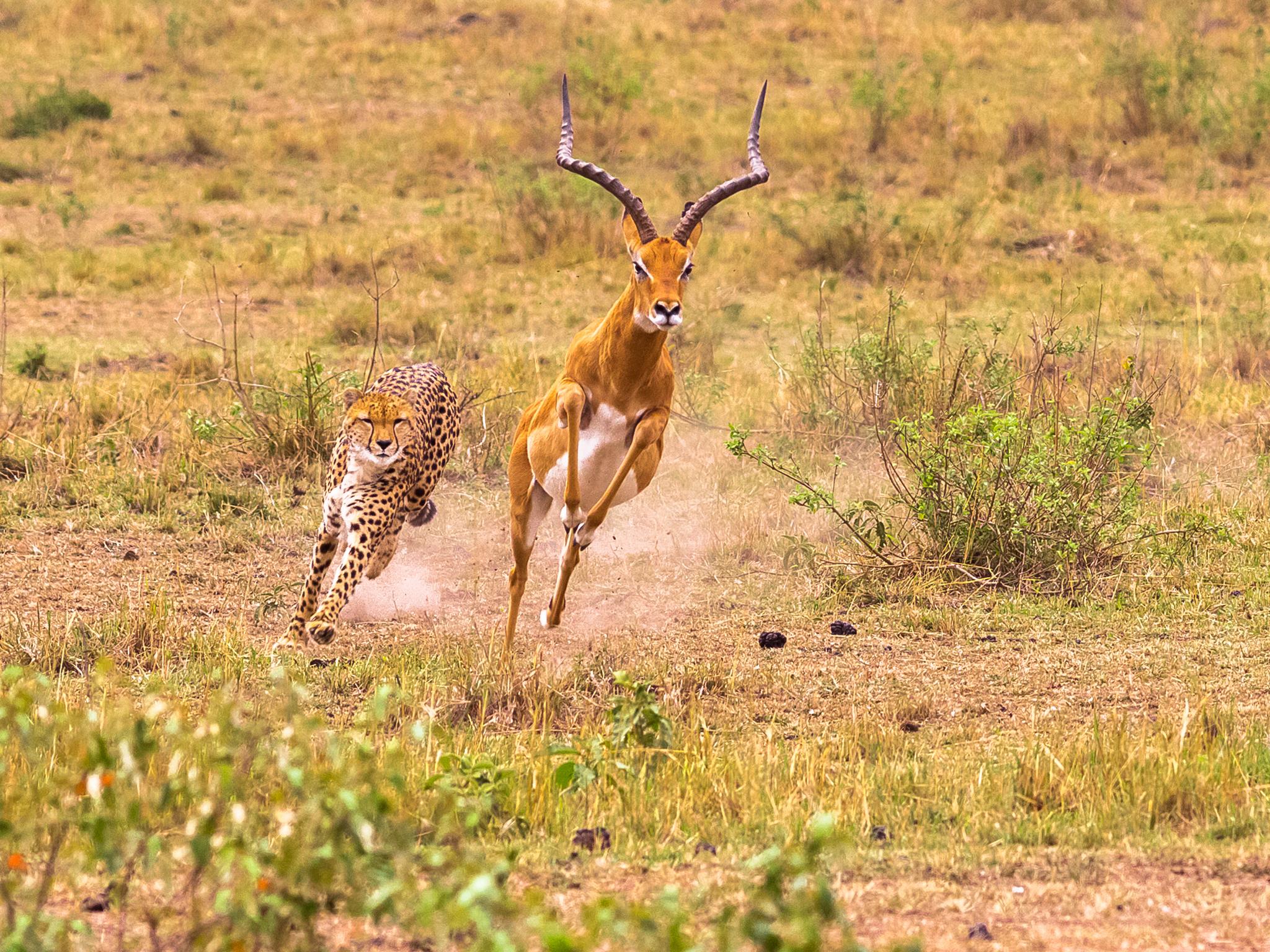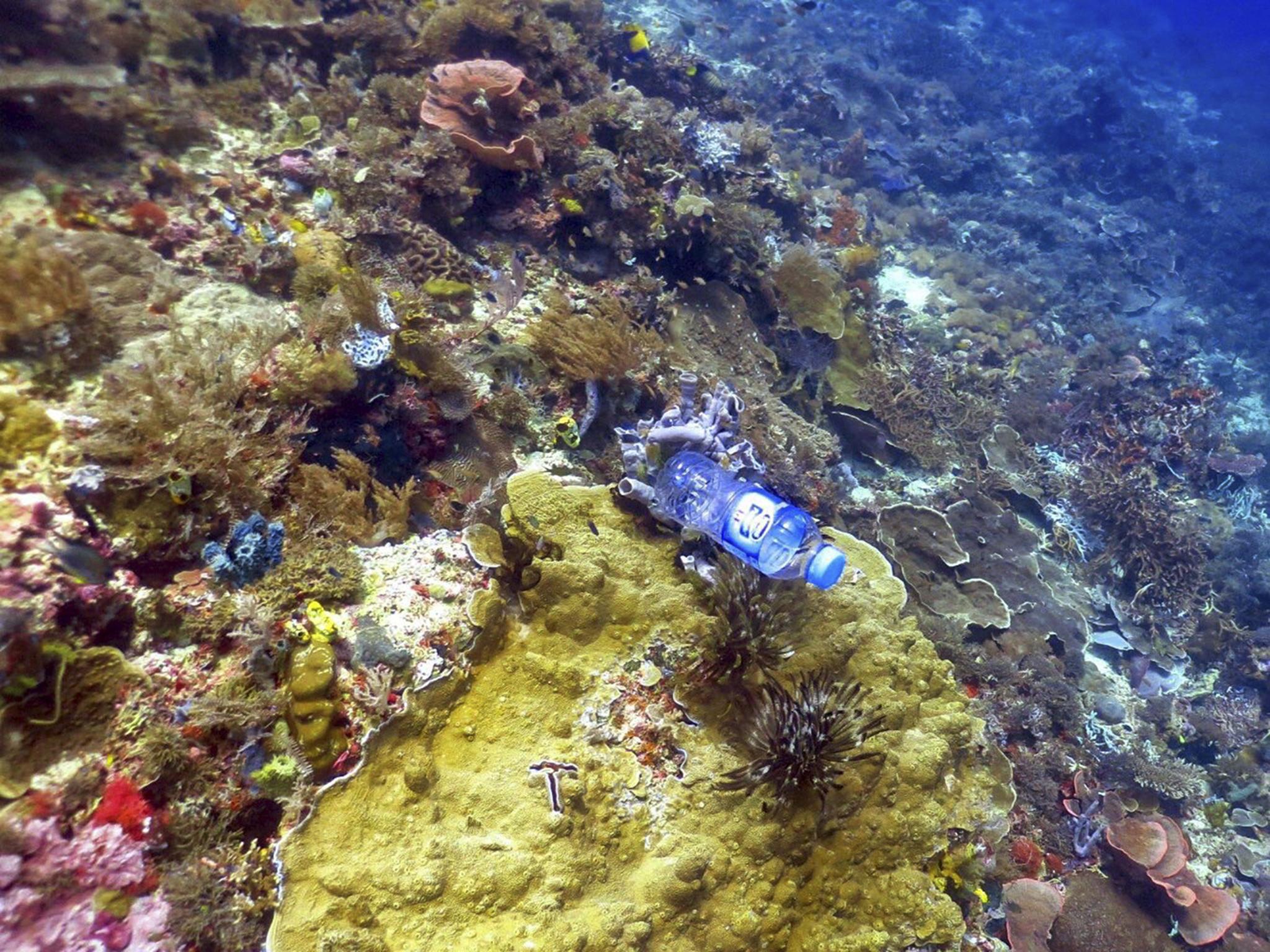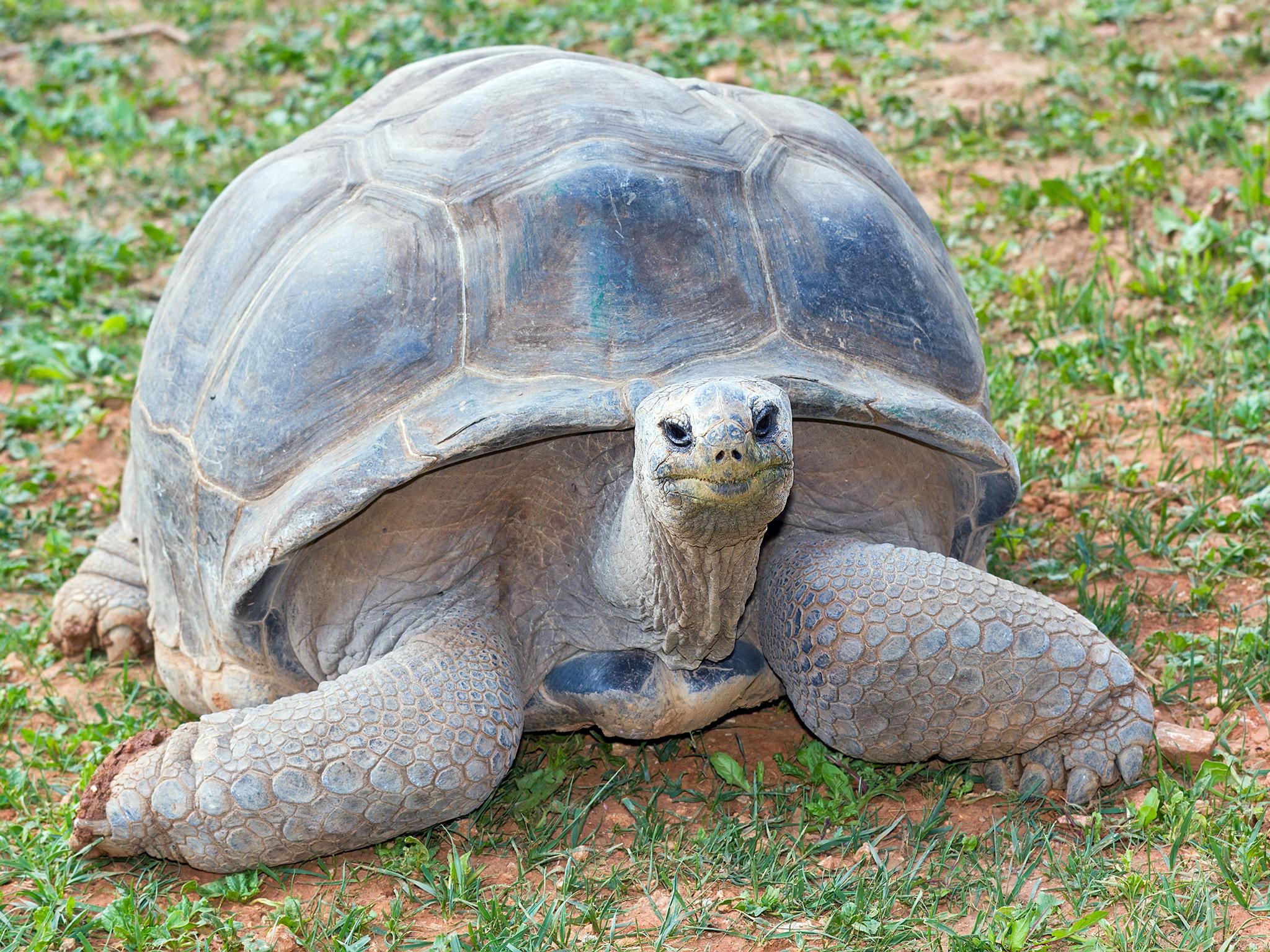Science news in brief: elephants fear bees and an effective way of avoiding mosquito bites
A round-up of science stories from around the world

An elephant’s fear of bees
Elephants are afraid of bees. Let that sink in for a second. The largest animal on land is so terrified of a tiny insect that it will flap its ears, stir up dust and make noises when it hears the buzz of a beehive.
Of course, a bee’s stinger can’t penetrate the thick hide of an elephant. But when bees swarm – and African bees swarm aggressively – hundreds of bees might sting an elephant in its most sensitive areas, the trunk, mouth and eyes. And they hurt.
The threat of bees is so intensely felt by elephants that conservationists are using it to help prevent the kinds of conflict that put the behemoths at risk. The endangered animals have sometimes been shot by farmers trying to save their crops from elephants foraging at night for late-night snacks, or by poachers allowed access to help guard the fields.
Now there’s a weapon – and a mutually beneficial one – in the arsenal. In recent years, researchers and advocates have persuaded farmers to use the elephant’s fear of bees as a potential fence line to protect crops. By stringing beehives every 20 meters – alternating with fake hives – a team of researchers in Africa has shown that they can keep 80 percent of elephants away from farmland.
In a new study published this month, the same team, led by Lucy King, an Oxford University research associate, found that Asian elephants are also afraid of bees, though perhaps less so. It’s the first step towards showing that the control strategy can also work in countries such as Sri Lanka, India, Nepal and Thailand, where Asian elephants are 10 times more endangered than their African cousins.
In Africa, Save the Elephants, a nonprofit conservationist group, builds wire and beehive fences at a cost of about £700 for a one-acre farm – roughly one-fifth the cost of an electrified fence, King says. The farm gets protection against elephants and a modest new source of income from a twice-a-year honey harvest.
The fences also serve as a psychological barrier for the farmers, making them think twice before slashing and burning more forest for farmland, she says.
So far, the beehive fences are being used or tested in 11 countries in Africa and four in Asia.
Swatting at mosquitoes may help you avoid bites, even if you miss

If you keep swatting at a mosquito, will it leave you alone? Some scientists think so. But it depends.
Some blood meals are worth a mosquito risking its life. But if there’s a more attractive or accepting alternative to feed from, a mosquito may move on to that someone or something instead. That’s because if you keep trying and missing, the mosquito may learn to associate your swatting vibrations with your scent, a study published in Current Biology suggests. And it just may remember: this is not a person who will tolerate me.
Mosquitoes, which transmit diseases such as Zika and malaria, do not just bite anything, says Jeffrey Riffell, a neuroecologist at the University of Washington, who led the study. They prefer people over other animals, and some people over others. Attraction depends on how a person looks, smells or acts. But when a feeding situation isn’t favourable, a mosquito can switch preferences.
Riffell and his colleagues put mosquitoes and different odours into a vortex that creates vibrations similar to those created when a hand swats a forearm, but misses. In just 15 minutes, the mosquitoes learned to associate the odours with the vibrations. Some once-attractive odours became threatening signals that the mosquitoes learned to avoid. Rather than approach them again, the mosquitoes chose to approach a new odour instead. For at least 24 hours, they retained this memory.
Remembering the smell of a particularly defensive individual with a propensity to swat is important for a bug’s survival. One good smack to a mosquito stuck biting, and splat. Knowing who smells like a splat-maker means mosquitoes can seek out potentially less risky hosts instead. Riffell thinks learning about odours helps drives these decisions.
But just how the insect processes the more than 200 chemicals in a person’s scent signature isn’t fully understood. One thing that helps, the researchers determined, is dopamine, a chemical in the brain that contributes to learning in humans.
This is how you escape a cheetah – if you’re an impala

Imagine you’re in a high-speed car chase. You’re fast – but the 12-cylinder Lamborghini behind you is faster. Flooring the accelerator and going in a straight line only spells certain defeat. So what’s your best bet for escape?
Drive along, not too quickly, and just as the other car is about to close in, make a sharp turn.
That’s the suggestion of a study published in Nature, although instead of cars it looked at high-speed pursuits between two pairs of predator and prey: cheetahs and impalas, and lions and zebras.
The study, carried out over many years in Botswana, is the first to gather stride-by-stride data on how these animals hunt and flee for survival in the wild, says Thomas Roberts, a professor of biology at Brown University who was not involved in the study.
In the new study, led by Alan Wilson, a professor of locomotor biomechanics at the Royal Veterinary College in London, researchers captured thousands of high-speed runs by fitting five cheetahs, seven impalas, nine lions and seven zebras with custom collars that could record each animal’s location, speed, acceleration, deceleration and turning performance many times per second.
Though cheetahs and impalas were universally more athletic than lions and zebras, both cheetahs and lions had a similar advantage over their prey – they were 38 per cent faster, 37 per cent better at accelerating, 72 per cent better at decelerating and their muscles were 20 per cent more powerful.
This makes sense because the predators are always a step behind, Wilson says. They have to run faster to catch up, but they must also be able to decelerate quickly in case their targets decide to suddenly slow down and turn.
The data also showed that impalas and zebras were typically moving at only half their maximum speed when running from their pursuers. To confirm why, the scientists created a computer model that simulated the last moments of a hunt, after a predator has closed in enough to capture its prey within two strides.
The model showed that impalas and zebras have the best chance of making a getaway if they run at moderate speeds, because that leaves more options for maneuvring away at the last second.
Billions of plastic pieces litter Asia’s and Australia’s coral

Joleah Lamb began her career as a coral biologist on the Great Barrier Reef. Every now and then she’d note a scrap of plastic as she swam through. But when she started studying reefs in Asia, she came across a completely different level of detritus.
“I don’t even know how to record this!” she remembers thinking. “It’s a chair! Where do I put ‘chair’? Or diaper? Or bottle?”
Over the years, Lamb, who is now a professor at Cornell University, and her collaborators assembled a formidable database of plastic pollution on 159 reefs in Australia, Indonesia, Myanmar and Thailand. In a paper released in the journal Science, they estimate that reefs across the Asia-Pacific region are littered with more than 11 billion pieces of plastic larger than 5cm.
If those pieces were lined up next to each other, they would reach around the Earth nearly 14 times, at the very least. To make matters worse, corals with plastic on them were 20 times more likely to be diseased than those that were not polluted.
In their survey of about 12,000 sq m of reef, the researchers noticed that countries that are known to have particularly poor methods of dealing with plastic pollution had the most plastic on corals. By combining the amount of plastic entering the ocean in each country – a known quantity from previous researchers’ work – with their own observations, they were able to estimate how much plastic was likely on reefs in 15 nations in the Asia-Pacific region.
That gave them the stunning figure of 11.1 billion pieces, which they project will increase to 15.7 billion in the next seven years, as worldwide plastics entering the ocean are projected to increase tenfold.
Still, the study shows that it is possible to control the impact of plastic on reefs. Countries that take a great deal of care to keep plastic from entering the ocean – like Australia – see notably lower levels of it on reefs.
Description released of giant tortoise’s killer: 11ft long, big teeth

Today, Aldabra Atoll, an island in the Indian Ocean near Madagascar and Tanzania, is a predator-free paradise for more than 100,000 giant tortoises. Gone are the seafarers who over-hunted them to near extinction in the 18th and 19th centuries. Gone too are the large crocodiles that may have preyed upon them in prehistoric times, as a new study suggests.
Dennis Hansen, an ecologist from the University of Zurich, was exploring the coral atoll and its azure lagoon, part of the Seychelles, when he came across fossils that intrigued him. They included parts of a giant tortoise shell with circular bite marks and the jaw of an ancient crocodylian. From the finds, he and a colleague concluded that some 90,000 to 125,000 years ago, the ancient crocodiles may have feasted upon the giant tortoises of Aldabra.
The finding, published in the journal Royal Society Open Science, may offer new insights into the ancient past of the world’s most numerous giant tortoise and the threats it once faced from predators.
Measuring more than 3ft long and 550 pounds on average, the Aldabra giant tortoise is behind only the Galapagos tortoise in size. It has a thick, domed shell that protects its soft body.
Hansen found about 180 fossils near a pond on the atoll. One was a jawbone of an ancient crocodile that he first thought was a tortoise longbone. But when he turned it over he saw it had holes where teeth could fit. He sent some of the fossils to his colleague Torsten Scheyer, a paleontologist also at the University of Zurich, for further examination.
“It was pretty clear from the start that these were crocodylian remains and something distinctly larger than what was found previously on the atoll,” Scheyer says.
Although smaller crocodile fossils had been found on the island, the remains that Hansen found suggested they belonged to beasts that were about 11½ft long, larger than today’s West African crocodiles but not as big as Nile crocodiles or saltwater crocodiles.
Hansen also found a fragment of a giant tortoise fossil belonging to the part of the shell that would have protected the reptile’s neck. The bite mark on the plate, he said, offered two possible scenarios for what might have occurred.
The first is that the tortoise was ambushed as it drank.
The second is that the tortoise died near the pond from starvation or heat stroke in the arid environment and a nearby crocodile scavenged its rotting carapace.
Reporting by Karen Weintraub, Joanna Klein, Steph Yin, Veronique Greenwood and Nicholas St. Fleur
© New York Times
Join our commenting forum
Join thought-provoking conversations, follow other Independent readers and see their replies
Comments
Bookmark popover
Removed from bookmarks